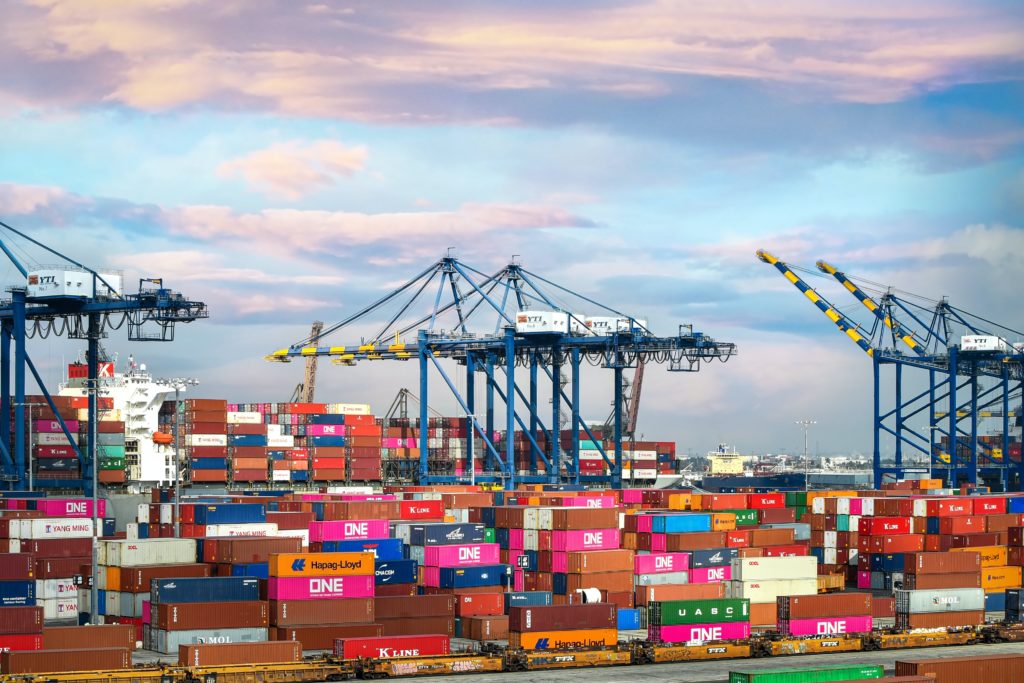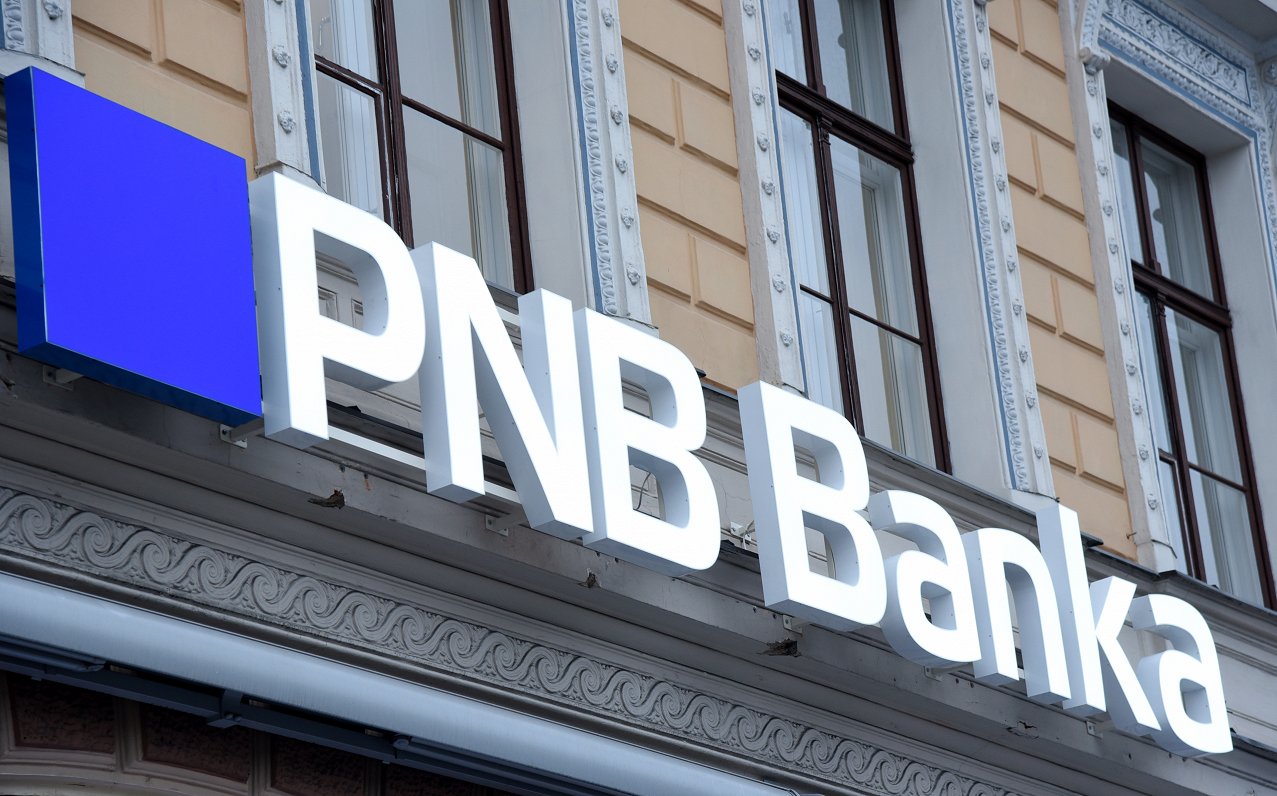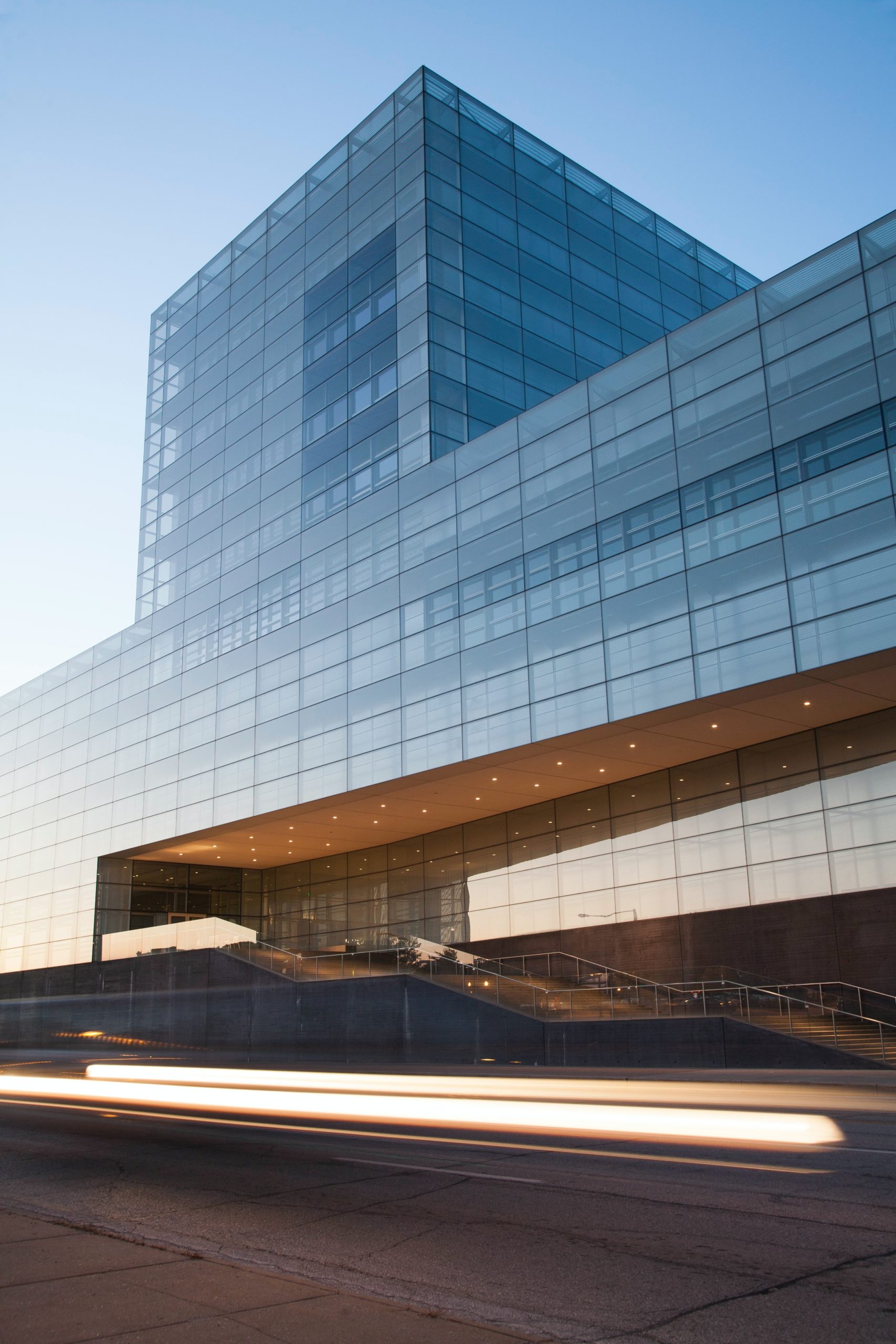Due to Latvia’s geographic advantages as a bridge between Scandinavia, Central Europe, and Eastern Europe, logistics has long been a top focus. Given the abundance of commercial cars from the neighboring countries on the country’s roadways, Latvia must have a robust logistics and transportation infrastructure. Delivering goods to Latvia as part of market entrance procedures is simple for the same reason.

Since Latvia joined the EU in 2004, its borders with other members are open and commodities can be transported without having to go through any required customs inspections. Between 30 and 35 million tonnes of freight travel throughout the nation annually via roads, rails, aircraft, and waterways.
Roads
The Latvian road network has more than a thousand roadways, including State Main, State Regional, and State Local highways. In Latvia, there are 13181.616 kilometers of roads. Out of these, 10 570.151 km are hard surface roads; these are all the important and largest routes. There is 2611.465 km of gravel roads, largely local and some regional.
The largest roads connecting important cities are State Main routes, like the Riga-Ventspils road. In Latvia, there are 15 State Main Roads, and each one connects the country’s principal commercial centers.
Rail
The state-owned corporation “Latvian Railroads” (Latvijas dzelzce), whose goal is to manage and control Latvia’s rail logistics, is in charge of overseeing the country’s railroads. Six subsidiary companies make up the business:
- AS ‘LatRailNet’
- SIA ‘LDZ Apsardze’ (security)
- LDz infrastruktūra (infrastructure)
- LDz Cargo (transportation)
- LDz Ritošā sastāva serviss (maintenance)
The main commercial transportation network in Latvia is comprised of railroads, particularly for interior freight. Railroads convey the most cargo of any kind of transportation; they move over 50 million tons of material annually. Railways link Latvia to its neighbors and open up travel options to the rest of Europe and Eastern Asia, including China and Japan. All of the major cities and commercial centers, including Riga, Ventspils, Liepja, and Daugavpils, are also connected by Latvian railroads.
Maritime ports
Riga, Liepja, and Ventspils ports are the three main ports of Latvia, and all of them are ice-free (open for business all year round). In Salacgriva, Lielupe, Engure, Mrsrags, Roja, Kolka, and Pvilosta, there are three further minor ports.
The ports in Latvia are specifically created to draw in commerce. All of the major ports are Special Economic Zones, which means they offer various benefits and tax incentives in addition to tax exemptions on the most common taxes, like the VAT or the excise tax on alcohol, tobacco, gas, and oil.
Export, manufacturing, and logistics firms mostly use Latvian freeports, which benefit from a corporate tax rate of 3% and proximity to the country’s largest administrative centers. The following are the ports’ typical yearly industrial space rent rates:
- Riga – 25.000 EUR
- 15 500 Euros for Ventspils
- Liepja costs 15 500 euros.
Approximately 74% of the cargo passing through Latvian ports is associated with trade between Latvia and other EU members. Traded commodities between Latvia and non-European nations make up 26% of the cargo. The ports give Latvia the benefit of being able to reach other nations that are separated from it by water, making land communications difficult and prohibitively expensive. These are primarily Nordic nations like Sweden, Denmark, and Finland.
Airports
The largest and most significant airport in Latvia is Riga Airport. Numerous smaller airports exist across the nation, but they are often utilized for private rather than commercial aircraft.
The Riga Airport is home to about 20 passenger airlines that offer flights to more than 80 locations across the globe. Every year, there are more passengers, and in 2015 there were more than 5.2 million. London (United Kingdom), Moscow (Russia), Frankfurt (Germany), Oslo (Norway), and Helsinki are the top 5 locations.







